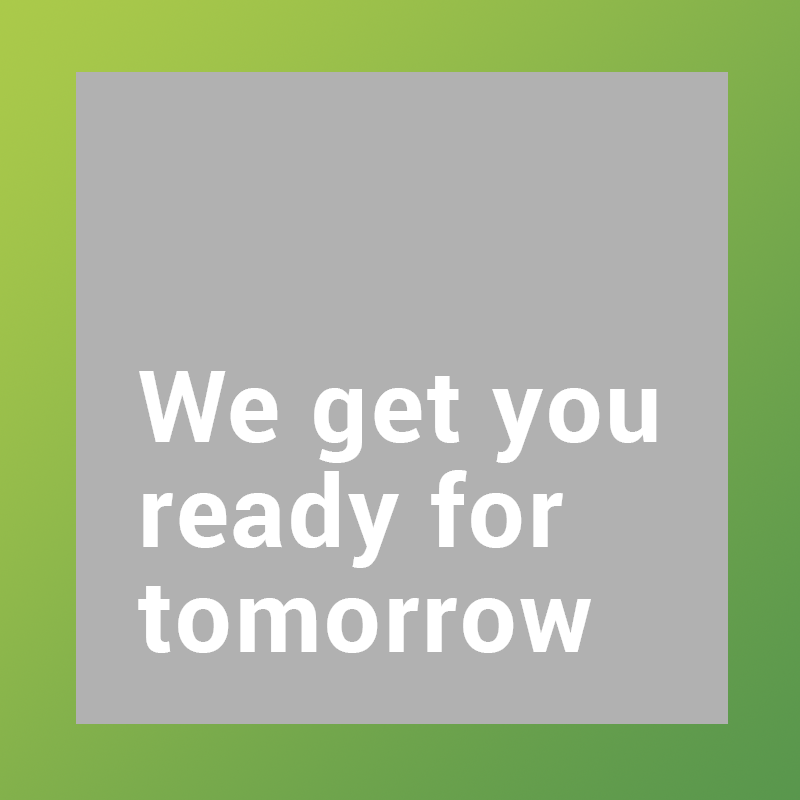With Covid isolation extending into the last year, we continue to see new ways of working and interacting. Intimate living spaces are transformed in such a way that they can easily double as a functional workspace by day with improved comfort for daily life.
The pandemic has accelerated a shift in the economy and in new ways of working: Working ways that had slowly been taking shape before the pandemic ever hit us. We’ve seen a disruption through the pandemic, yet this disruption has merely catalysed existing tendencies for organisations and for the workforce alike. While it’s evident that the pandemic has brought on accelerated digitalisation and a very rapid shift to online business, an increased minority of the global workforce also now benefits from hybrid working models. These hybrid working models offer the privilege of working in a virtual workplace, oftentimes with better tolerance for flexible working hours.
Bear in mind that not all organisations and not all job functions necessarily benefit from the opportunity to easily shift to hybrid working models. For the minority of the workforce that does though, technology is merely the enabler that facilitates remote work. Technology does come with its quirks though: we all remember the downtime that many of the leading video conferencing platforms experienced at the very onset of the pandemic, when almost every worker across the globe would join a virtual meeting room upon turning on their computer. To take things into perspective as to how this has improved, it’s not uncommon today for us to join virtual meetings through our mobile devices instead. We easily got through the quirks and hiccups of technology – and fibre and 5G have helped a lot along the way. The challenge of remote work, however, is on the people and process side of things. There’s a general consensus amongst leading surveys that the hybrid working model is here to stay. That being said, we can benefit from better understanding what this implies for organisations, people and processes.
From an organisation perspective, we know that pre-pandemic there was a general trend for organisations to transform towards leaner, more efficient working models. A 2019 Gartner study revealed that 55% of organisational redesigns were focused on streamlining for increased efficiencies. These new efficient systems are also more fragile and present little flexibility to handle disruptions. Since the pandemic, Gartner reports a trend towards responsive organisations that can better adapt their processes and people interactions to disruptions. To do so in fact, there is a general trend to expand the contingent workforce. Ex: Greater access to contract workers, or tapping into the gig-economy; Talent sharing across divisions; or even introducing 4-day weeks at 80% pay. In all fairness, the contingent workforce is not entirely driven by the pandemic disruption: While it presents the benefit of cost savings, it also offers the flexibility that organisations seek in these changing times. Overall, the contingent workforce, in tandem with a hybrid remote working model, offers organisations an accessible and controllable way to adapt and prepare for other types of disruptions.
In the same study, Gartner found that, before the pandemic, 30% of the workforce that occupied a job function where remote work was possible, exercised that privilege in some way or other. Post-pandemic, this figure increases to 48%. To make the hybrid working model successful, adapted leadership and a general upskilling of the workforce both become critical. Upskilling, in this respect, does not necessarily equate to hard competencies.
At a leadership level, organisations are increasingly requiring transient skills that address the challenges of remote teams. How does one manage a remote team? What if that team is dispersed over multiple time zones now? How can one efficiently coach others remotely? How do you get to know your teams remotely, if you’ve never met them in person and if all of your virtual interactions are through scheduled meetings that revolve around specific project topics? What consequences does this have on employees’ sense of inclusion within their teams? As a leader, what transient skills will be needed to strengthen employee inclusion in a remote team environment?
Leadership is quickly adapting – both in their style and in their choice of tools and technology to facilitate the transition to hybrid working models. In 2021, over 60 000 new hires from Accenture received a VR Oculus headset alongside their new company laptop. The headsets were used for virtual onboarding and will be further used for training purposes. Sending out the headsets to the new hires was the easy part; reviewing the complete onboarding process and introducing VR into training was perhaps more of the challenge.
New and adapted management and leadership styles are taking shape – but that isn’t to say that the onus entirely relies on leadership to make remote work successful. Leadership paves the way and sets a structure for the remote work environment, and teams need to welcome and nurture that environment. Yes, there’s an increasing need for specific technology and digital competencies from the workforce (or from a contingent workforce), but transient skills are as much needed from the workforce as they are from leadership too.
In today’s workplace, remote or not, it is crucial to have a workforce that can easily collaborate digitally. Starting from the basic shared drives that are commonplace today, but which were once mostly used as an alternative to “heavy” email attachments, to the more elaborate communities of practice, our ways of working are changing to a collaborative nature where the workforce shares and learns from one another – remotely.
The impacts of the hybrid working model are not limited to the workplace alone. On a larger scale, the impacts are felt throughout entire urban economies, on consumer spending, and straight into the homes and living rooms of every worker. We adapt our living spaces because hybrid working models have people spending more time in their homes, and this is not likely to change soon.
Sources:
https://www.nytimes.com/interactive/2021/07/27/business/economy/covid-parenting-work-time.html
https://www.accenture.com/au-en/blogs/get-to-know-us/accenture-virtual-orientation
https://www.gartner.com/smarterwithgartner/9-future-of-work-trends-post-covid-19
https://www.ipsos.com/en/return-to-the-workplace-global-survey






